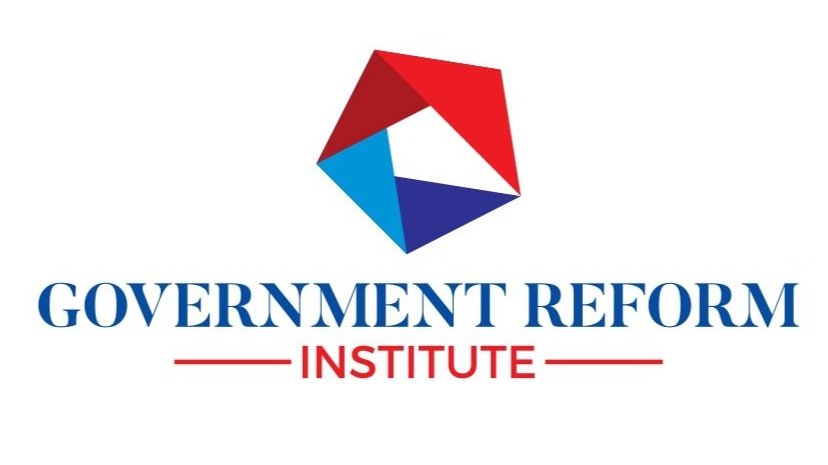CSIS: Fixing the DOD’s Audit Problem
By Kristyn C. Jones
—
During last week’s Senate Armed Services Committee confirmation hearing for the secretary of defense nominee Pete Hegseth, several senators grilled him directly about his preparedness to address the Department of Defense’s longstanding audit issues. This issue is important because the Department of Defense (DOD) is the only federal agency that has never passed a financial statement audit. What both the senators and nominee failed to discuss is why this is so, and what this new administration can do to support the DOD passing an audit.
As a finance professional with several decades of experience serving across three military departments, other federal agencies, “Big 4” consulting firms, and Fortune 500 companies, culminating in my role as the chief financial officer and acting chief operations officer (undersecretary) of the Air Force and Space Force, I offer the following.
First, to understand why the DOD has been unable to pass an audit, one must understand the scale and complexity of the DOD. The only agencies that have larger budgets tend to focus on making millions of similar types of payments such as medical, tax, or social security. The combined 2024 budgets of the Department of Homeland Security, the Department of Transportation, the Department of Energy, NASA, and the Department of Veterans Affairs’ medical expenses, were less than half of the DOD budget of $824.3 billion. But it is the myriad missions and locations that make getting a clean audit for the DOD a daunting task. Since the Chief Financial Officers (CFO) Act of 1990 (Public Law 101–576), defense mission requirements of the last few decades have resulted in a consistently high warfighting tempo with hundreds of thousands of personnel and military equipment deployed worldwide. In addition to these warfighting operations, the DOD operates schools, hospitals, labs, and prisons. It runs both floating and stationary “cities,” such as Fort Liberty, which encompasses 250 miles, contains 60,000 personnel, and provides services to thousands more. The DOD is responsible for 3 million employees and pays millions more for military and civilian retirees. Its assets are spread around the world and from undersea domains to geospatial orbits. Many assets are in motion, prepositioned in foreign countries, continuously getting upgraded or modified, and can often be destroyed during the conduct of operations. None of this is an excuse. The American taxpayer deserves effective stewardship of the vast resources entrusted to the DOD. I offer this context only to illustrate why the task has thus far been elusive.
